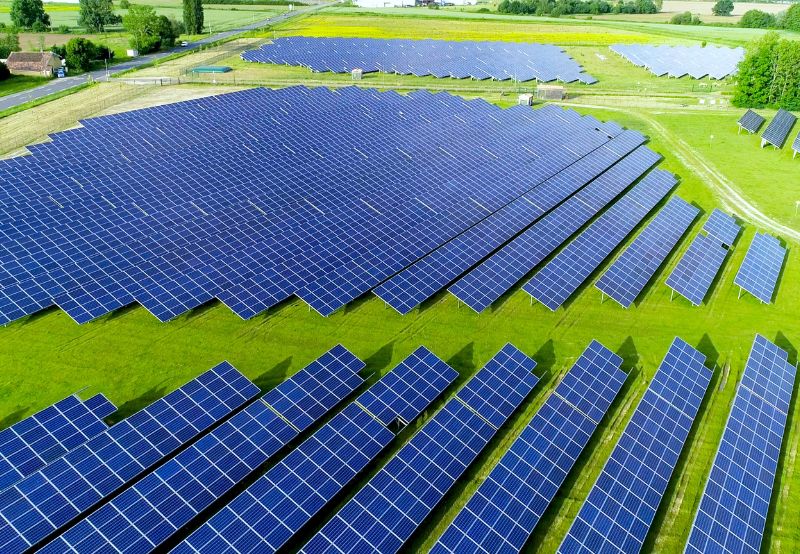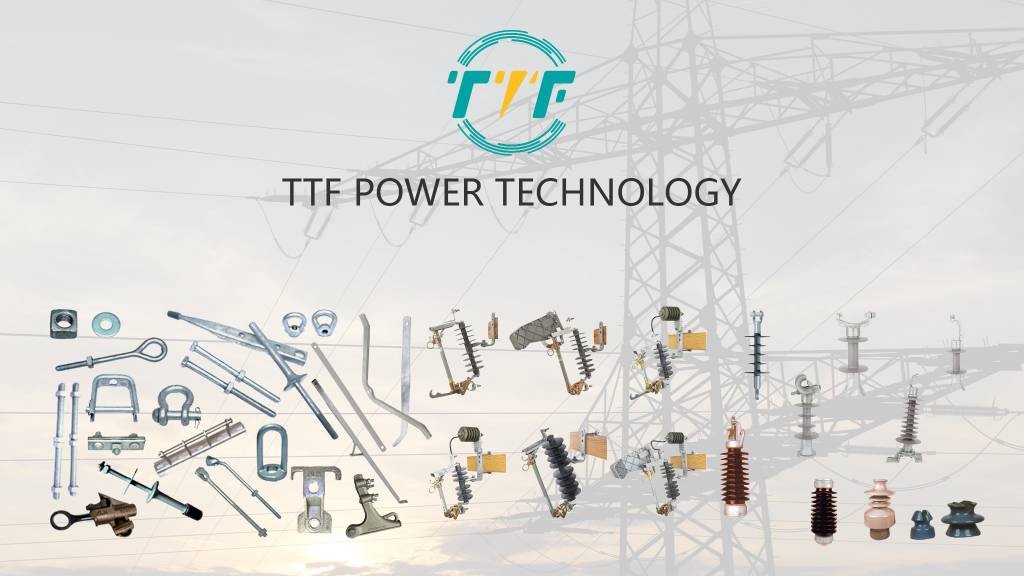
Zelestra and Celepsa, Peru’s electricity supplier, have signed a long-term agreement to purchase solar PV power. The PPA will increase Zelestra’s contractual portfolio to more than 530 MW and enable the construction of a 238 MW solar PV plant in Peru. The contract also includes a global renewable energy certification, which confirms that the energy is renewable. In 2024, Zelestra began construction of a 300 MW solar PV plant, which it expects to be operational in the next years. The company specializes in developing, commercializing, building, and operating utility-scale renewable energy projects. Zelestra will provide Celepsa with around 450 GWh of renewable electricity. This will contribute to reducing carbon emissions and promote socio-economic development through job creation related to the construction and operation of the solar plant. Pole bands is a metal clamp that secures the solar racking structure to the foundation poles.
The pole band provides stability, alignment, and load distribution throughout the solar array. Solar panels are mounted on racking systems supported by poles pushed into the ground. Pole bands enable for adjustment in the racking system to accommodate slopes and ensure wind resistance. This is critical for Peru’s solar farms, which are located in places with strong winds, seismic activity, and uneven terrain. High-quality pole bands made of high-quality materials help to avoid rust and increase system life. Prefabricated pole bands accelerate building of Zelestra’s 238 MWdc facility in Peru. The bands decrease labor costs while ensuring uniformity across thousands of piles. They also play an important role in the infrastructure that transports electrical energy from panels to the grid.
Building utility-scale solar photovoltaic farms in Peru using pole bands
In solar PV systems, mounting structures are stabilized and secured with pole bands, which are metal straps. They are necessary to guarantee that poles stay securely fastened in seismically active areas. The yearly goal of Zelestra’s solar PVs is to provide 450 GWh of renewable energy. This necessitates the use of superior pole bands to guarantee dependable infrastructure. Pole bands serve the following purposes in the construction of utility-scale solar PV farms in Peru.

- Structural support for mounting systems—pole bands contribute to the resilience of solar installations by providing extra support to mounting structures. They function on racking systems supported by poles driven into the ground for stability. Pole bands ensure stability and load distribution across the solar array.
- Corrosion resistance for longevity—pole bands are mostly from galvanized steel or aluminum to prevent rust and extend system life. This is crucial for solar farms in Peru’s coastal or arid regions that face salt spray or humidity.
- Adaptation to challenging terrain—Peru’s solar farms often face high winds, seismic activity, and uneven terrain. High-quality pole bands allow adjustability in the racking system to accommodate slopes and ensure wind resistance.
- Ease of installation—the use of prefabricated pole bands speeds up construction for large projects. They help reduce labor costs and ensure uniformity across poles.
- Alignment and efficiency—properly secured poles ensure that solar panels maintain optimal alignment. This aids in maximizing sunlight capture and energy generation.
Possible effects of Zelestra and Celepsa’s PPA on Peru’s energy industry
A significant milestone for Peru’s developing energy industry is the PPA between Zelestra and Celepsa for a 238 MWdc solar PV plant. The collaboration marks a change in the nation’s energy production, trade, and consumption patterns while simultaneously advancing national environmental goals. Every year, 450 GWh of sustainable solar energy is introduced by the PPA. It lessens reliance on fossil fuels and fluctuating water levels. This is because a larger proportion of solar energy improves national energy security and lessens dependency on energy imports. The effects of the PPA on Peru’s energy sector are as covered below.

- Decarbonization goals—the solar PV project supports Peru’s commitment under the Paris Agreement to cut greenhouse gas emissions by 40% by 2030. Solar energy replaces conventional energy sources to reduce carbon footprint.
- Grid stability and modernization—large-scale solar projects encourage modernization of the national grid. It introduces smarter energy distribution and opens the door for battery storage and microgrid integration.
- Investment in climate—the PPA encourages foreign direct investment in Peru’s energy sector. It also sets a precedent for future PPAs that could attract global developers looking for stable emerging markets.
- Economic development—the project offers jobs in construction and operation of utility-scale PV farms. This project stimulates local supply chains for equipment and services.